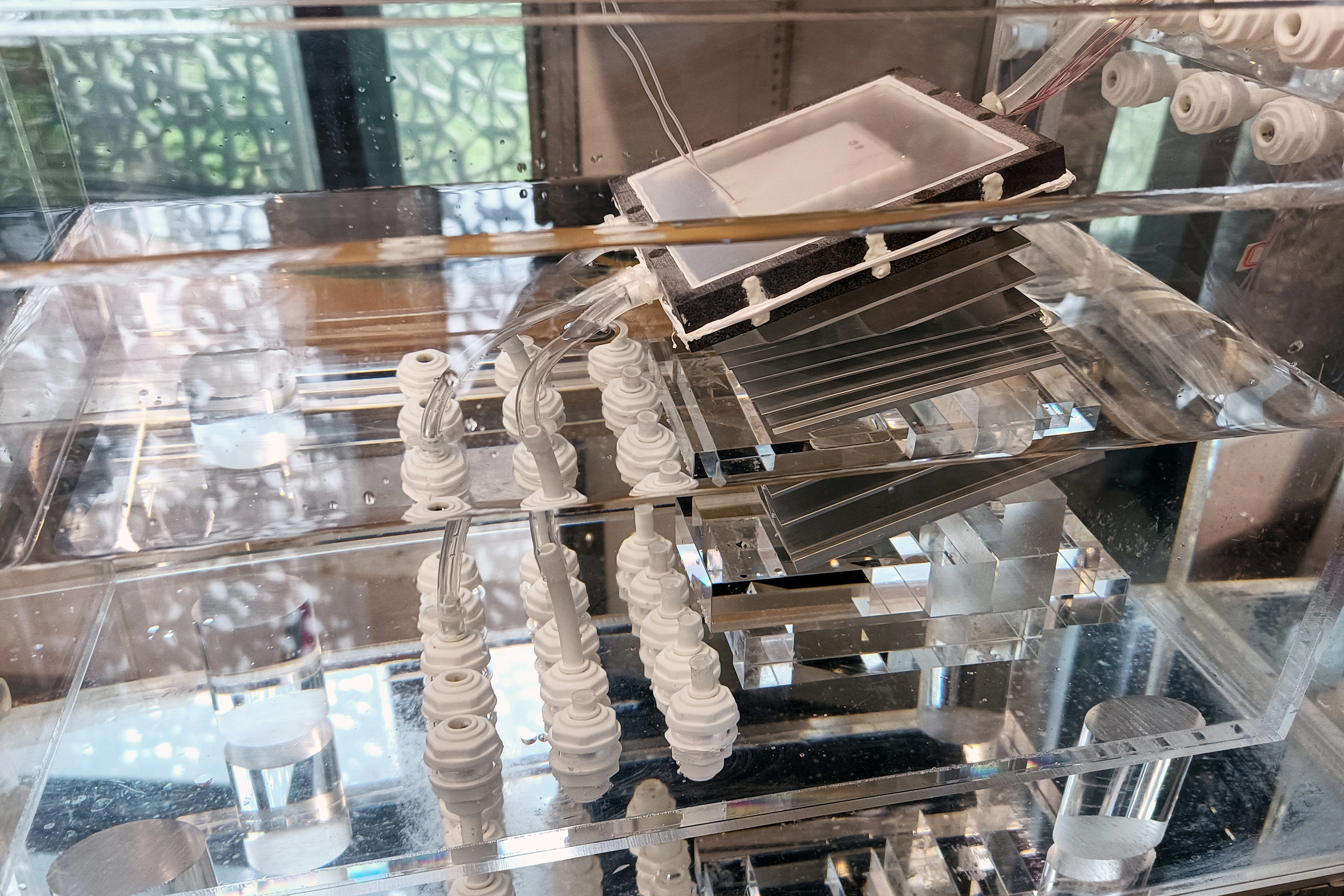Engineers at MIT and in China are aiming to turn seawater into drinking water with a completely passive device that is inspired by the ocean, and powered by the sun.
In a paper appearing today in the journal Joule, the team outlines the design for a new solar desalination system that takes in saltwater and heats it with natural sunlight.
The researchers estimate that if the system is scaled up to the size of a small suitcase, it could produce about 4 to 6 liters of drinking water per hour and last several years before requiring replacement parts. At this scale and performance, the system could produce drinking water at a rate and price that is cheaper than tap water.



Sounds like this could be feasible for coastal places that are water-thirsty then? (I mean if, for example, L.A. was self-sufficient (or close to it) on water, that would mean quite a lot for its upstream/uphill neighbors). Today L.A. draws from local groundwater, canals from inland, and the Colorado River Aqueduct- and everyone that also depends on those has to make allowances for LA.
if its a relatively flat coastal location, its possible. FWIW I work for a water utility in a coastal city and we have a desal plant. Ive seen the figures. the cost of desalinated water compared to the catchment water is an order of magnitude difference. Sounds like LA it would be ideal for the environmental reasons alone though